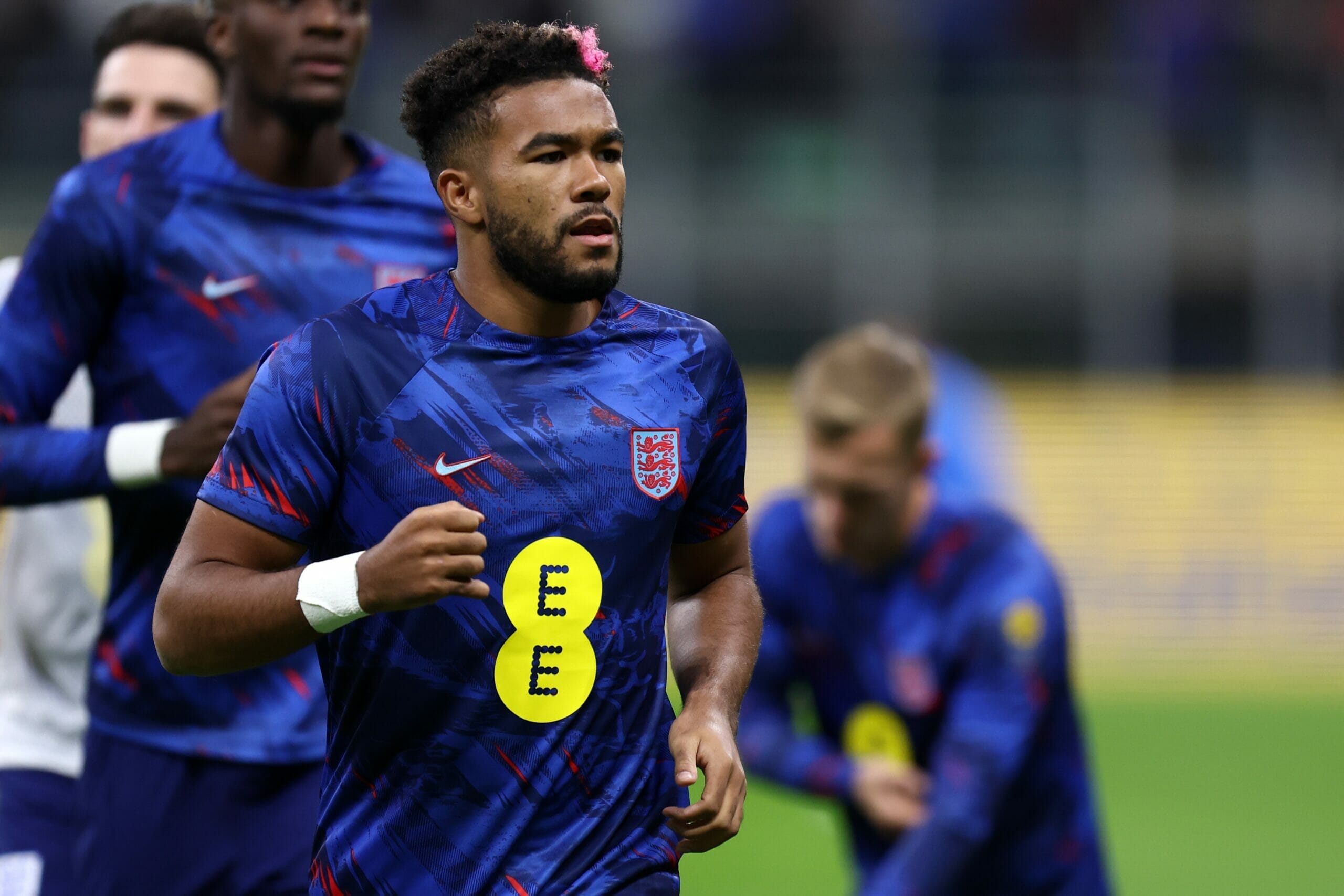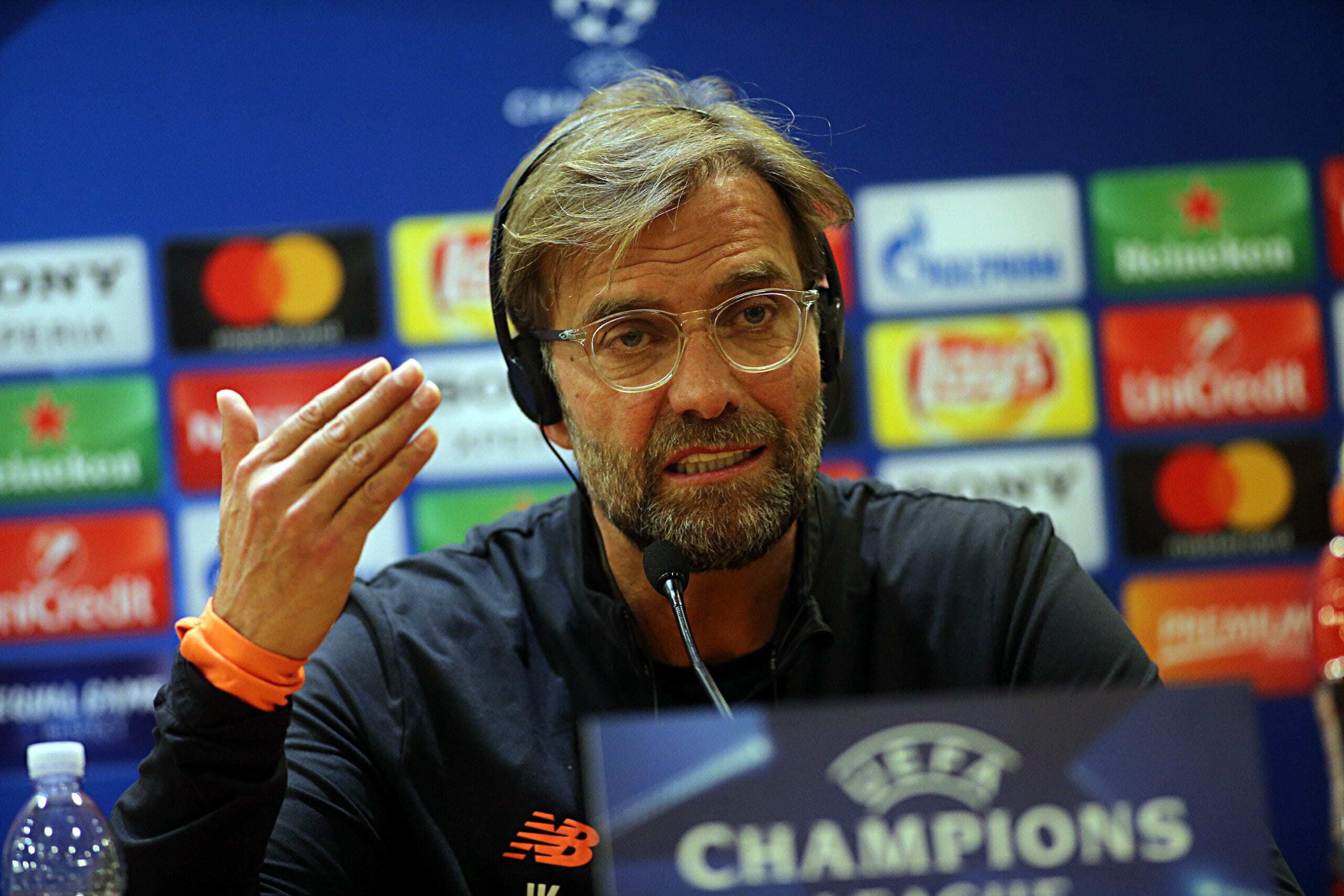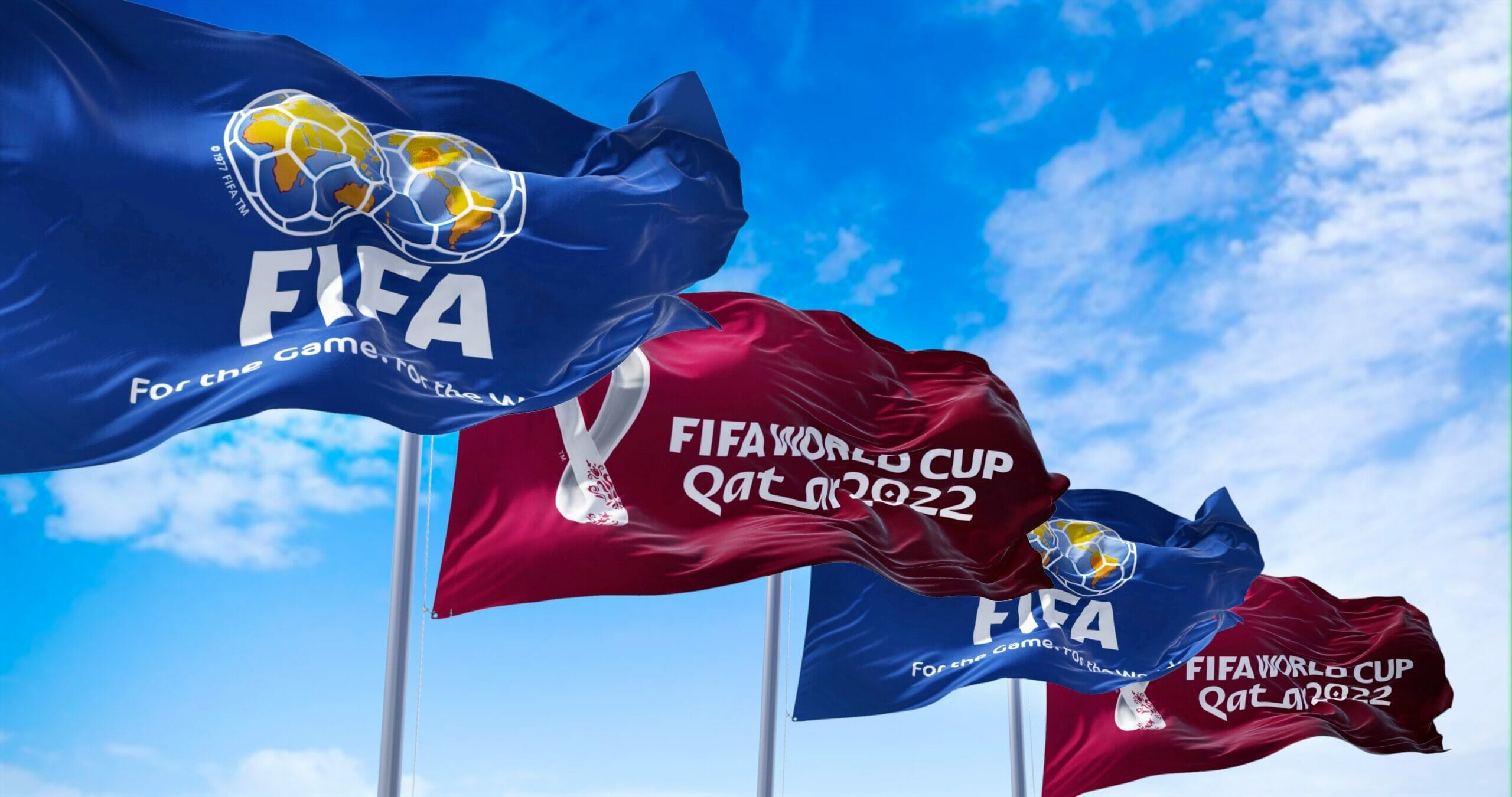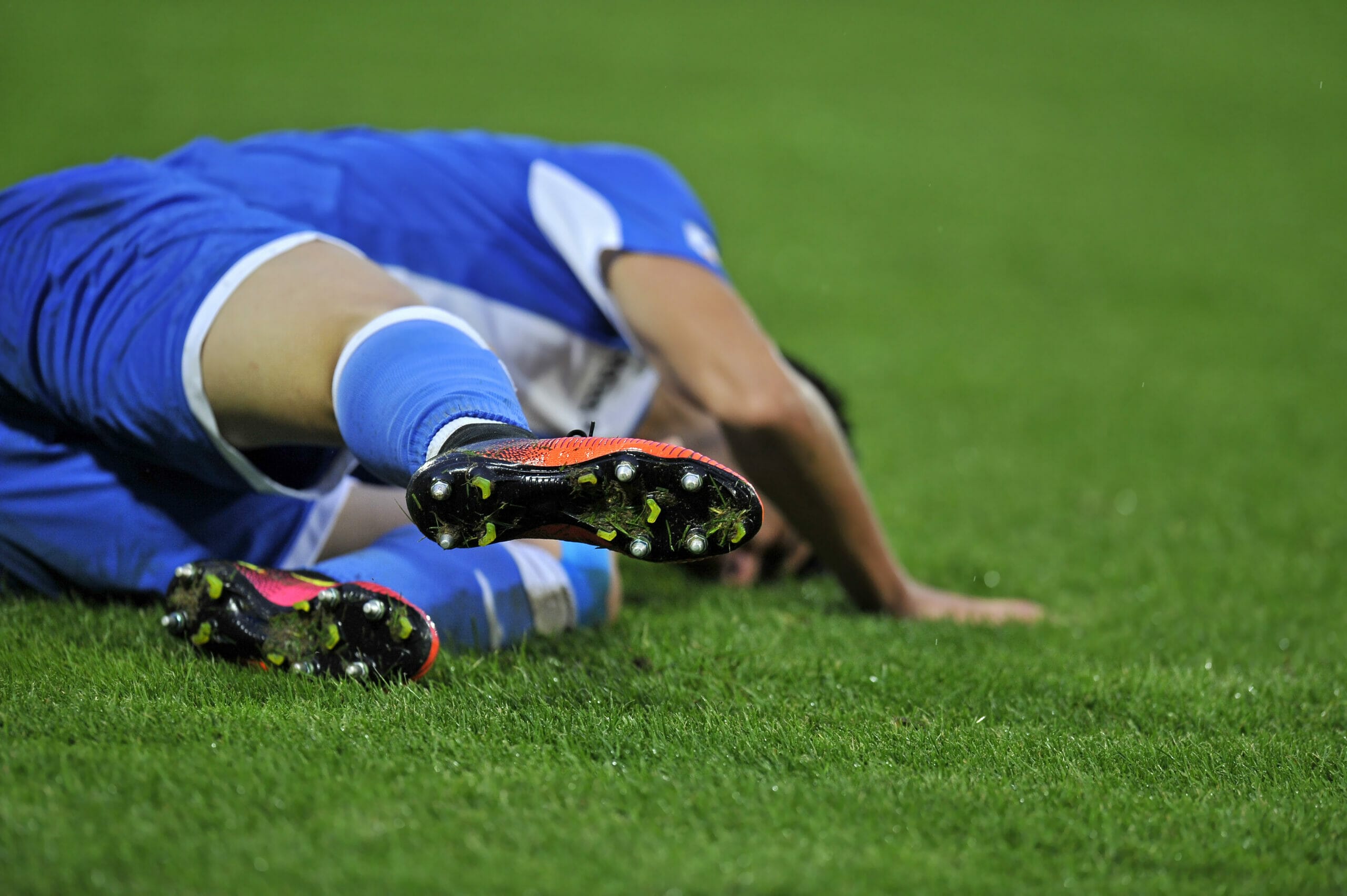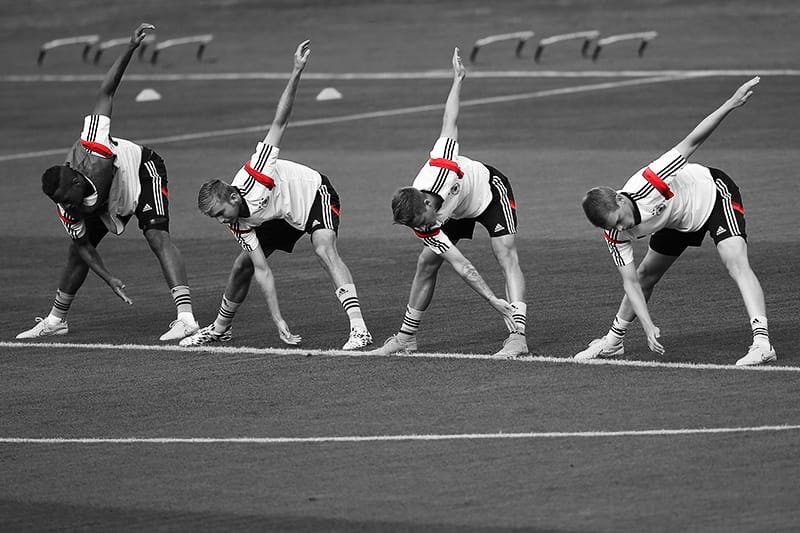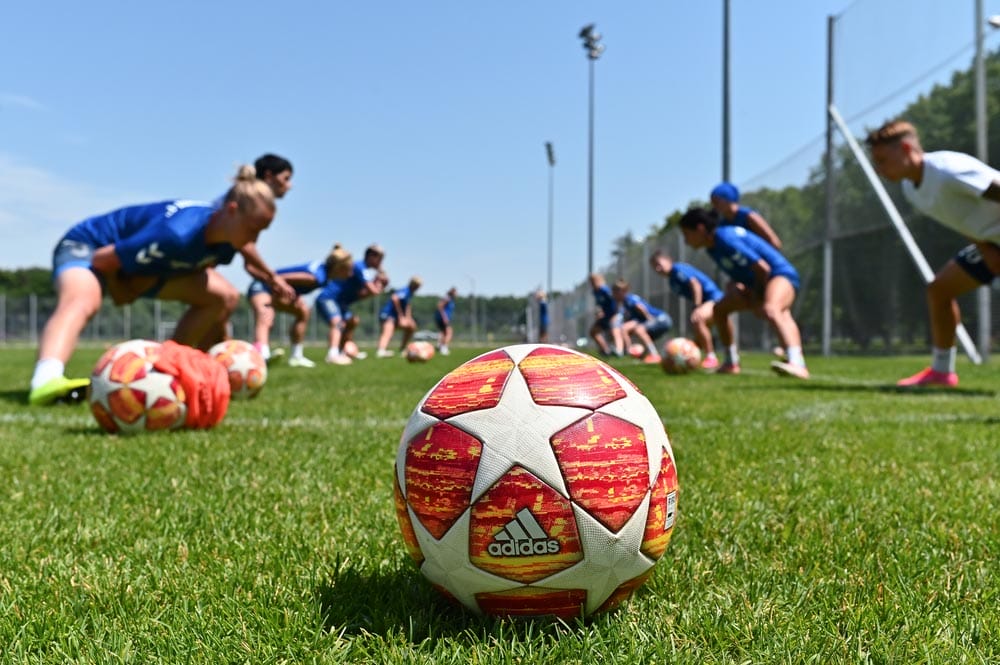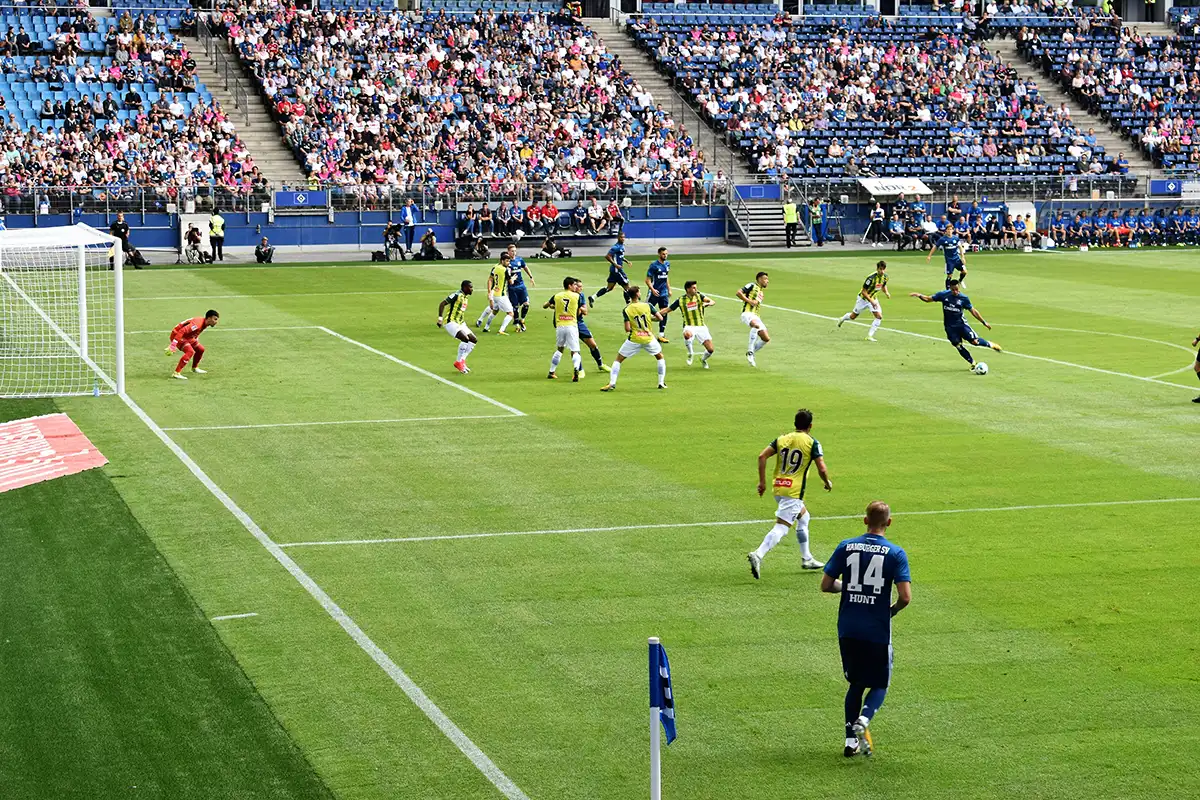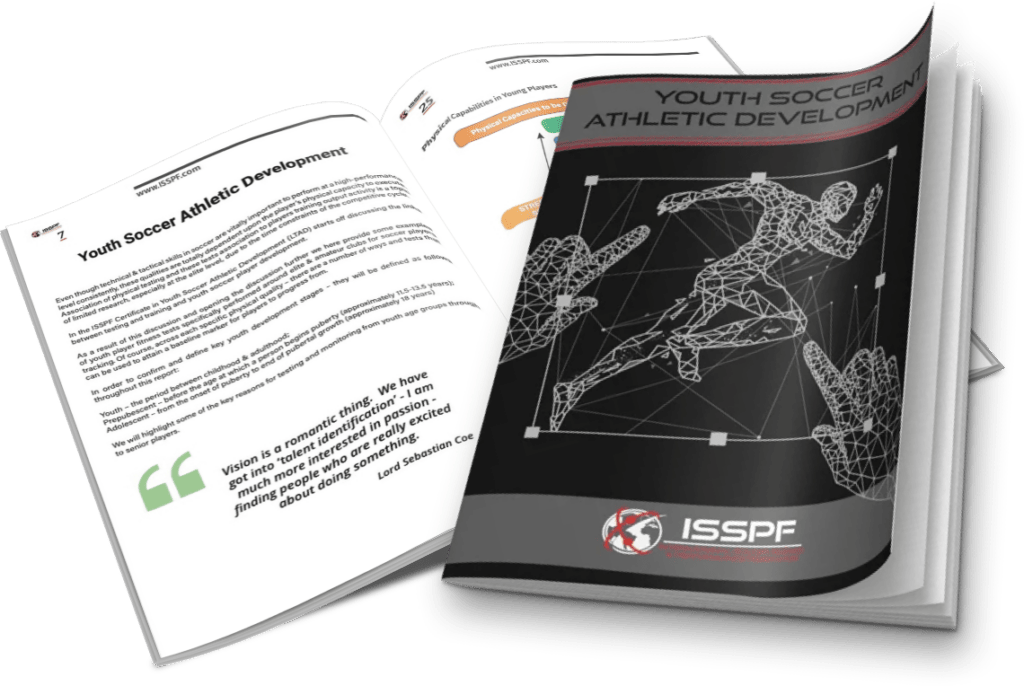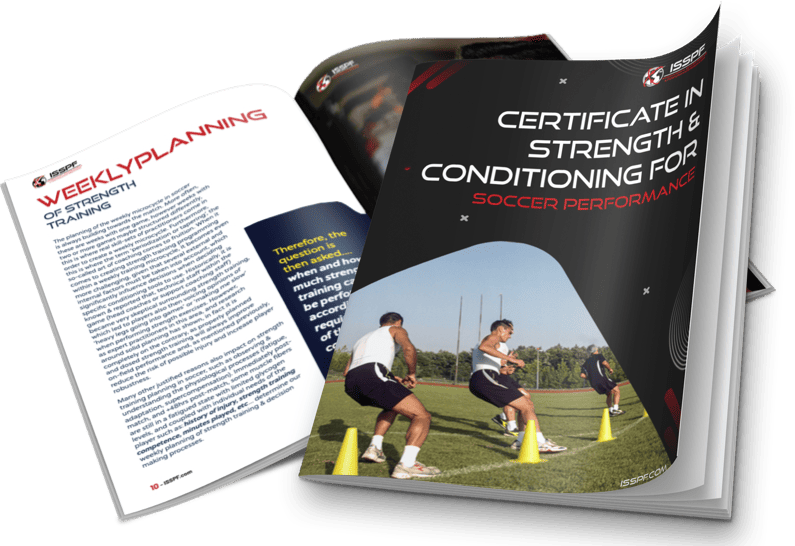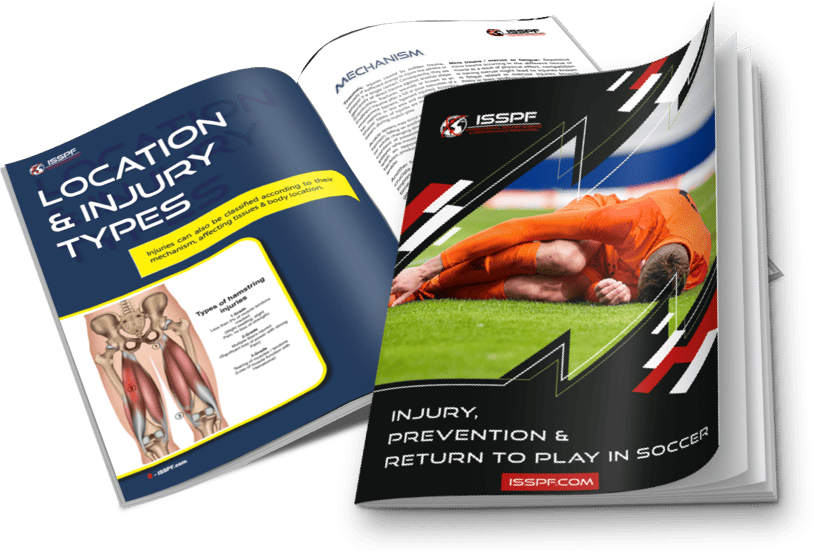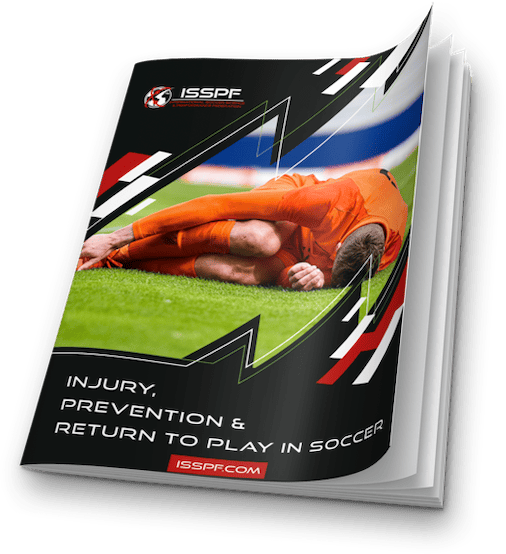As the build-up to the global spectacle comes to an end, and with the kick-off insight, one of the most discussed topics is suggested to not only surround the timing of the FIFA 2022 World Cup, but the fact that both UEFA & FIFA, as well as major European leagues shoe-horning more domestic, continental & international fixtures into their pre-World Cup calendar.
Through the ages, the FIFA World Cup has become a stage to showcase the greatest talents from each competing nation…however, this particular tournament seems to be counting the injury cost of some of the biggest names in their respective squads who are playing domestically & continentally right up to the curtain raising spectacular!
With 10 days to go to kick off, it has been suggested that the former EPL legend & Liverpool FC forward Sadio Mane will miss the FIFA World Cup 2022 after picking up an injury whilst playing for is club side Bayern Munich. Forced off with an apparent knee injury 20 minutes in their Bundesliga win it is believed that Mane will be out for “several weeks” and will subsequently miss the World Cup in Qatar. Furthermore, the previous World Cup winner and global footballing icon Paul Pogba is also side-lined for the 2022 tournament due to a serious knee injury.
One of the favourites for the World Cup Portugal are also missing a key player, another EPL star Diogo Jota who is out with another fatigue related calf muscle injury, and his manager Jurgen Klopp revealed that he will be out for many months!
As we look a little closer at the heavily financed EPL league and the England national team heading into the World Cup 2022, one of the standout players for England in recent times, Chelsea FC star Reece James has also been ruled out of the tournament due to injury. According to many reports in this area, James would almost certainly be a starter at either right wing-back or right centre-back had he made the plane to Qatar. In addition to James missing, his teammate at both Chelsea FC and England, Ben Chilwell had previously been ruled out of the tournament with a hamstring injury.
So, we have to ask the question, has the timing of the FIFA World Cup increased the risk of injury with respect to increased fixtures demands heading into the tournament? Or the shorter break between last season and this season not allowed for sufficient recovery time from one season to next, inclusive of international games….. Jurgen Klopp recently hit out at the number of games his club had to play in a congested calendar, and also said for the health and wellbeing of the players long-term and short-term in terms of injuries, common sense over TV revenue was the way to go….
According to Dr. Ramos from the medical department of Boca Juniors, acute phases of injury may last days, but at times even weeks. During this phase, the objective is to prevent the injury from getting worse. The player must reduce or stop the training routine & participation in competition or match-play.
The duration away from training & competition will be determined according to the characteristics & severity of injury. For acute injuries, normally the principles of treatment PRICE (Protection, Rest, Ice, Elevation) are suggested (depending on physio or physician advice). Furthermore, an initial immobilization period for better control of inflammation along with the use of anti-inflammatories to control symptoms & pain are also common practice in this phase.
During this phase – athletes or soccer players may be advised to train areas of the body that do not directly affect the injury area in an attempt to maintain physical condition to a certain extent.
Rehabilitation ranges from weeks to months. During this period, the athlete is prepared to resume training normally, thus ensuring normal range of motion, adequate strength, normal neuromuscular functions, aerobic capacity & all-round general robustness. During this phase, it should be specified within a specific return to play strategy, how much training exposure the player should have & what type, as to not cause pain or re-injury. The occurrence or persistence of pain & inflammation are obvious give-away symptoms indicating the training load needs to be decreased.
As we head into the FIFA World Cup in Qatar, when players are faced with fixture congested periods which relate to training or overloaded, spiked injury rates… irrespective of the preventative methods & strategies employed (i.e., squad rotation, training load management, injury reduction strategies, nutrition & recovery protocols), individuals involved within the performance, coaching or medical aspects of player development must continue to offer the best possible treatment.
Ensuring players or athletes return to the same level (or better) than pre-injury state is the focus. In order to achieve this, each of the phases described here in terms of acute, rehabilitation & training/or return to play is of huge importance.
Factors impacting the injury risk of soccer players:
Warm ups.
Adapted warm up is considering as a prevention strategies because it reduces the injury risk (Fields et al, 2010; Soligard et al, 2010). These studies showed that a specific intervention program used as a warmup & focusing on core stability, eccentric training of thigh muscles, proprioceptive training, dynamic stabilization & plyometrics can positively influence injury rates.
Congested fixture periods.
Dellal et al (2013) & Dupont et al (2010) have shown that a congested fixture period could affect & increase the injury risk. Consequently, when a team plays 6 or 7 matches in about 20 days for example, a global preventive plan has to be settled including the training load monitoring, the use of post-efforts recovery method (alternating cold & hot water immersion for example), and squad rotation of players.
Playing surface.
According to some reports in this area, the playing surface has an essential role in injury rates (Ekstrand et al, 2006), more so with the continued change of training or competitive surface (e.g., grass – synthetic – grass).
Fatigue & training monitoring.
The acute: chronic workload is well-reported within the literature & suggested as a key factor when discussing injury in individual and team sports. Periodization, & the capacity to plan & design a training schedule with the appropriate intensity & frequency around competitive fixtures is a key factor when trying to avoid injury.
In this context, training load management should be considered as a preventative strategy. Every coach, technical staff & fitness training professionals have various personal & individual views of the microcycle loading design, but irrespective of the method used, the primary approach is to manage & manipulate the players fatigue & performance & to avoid injury.
Injury history & re-injury.
Previous injuries, which are poorly rehabilitated & managed, could well be the origin of a re-injury. The high risk of re-injury concerns the hamstring strain, & indirectly, after an ACL, there are a possibility of compensation & of re-injury on the same knee, & the contralateral knee, or muscle (i.e. hamstring, quadriceps, gastrocnemius).
Nutrition & dehydration.
Poor management from a food type & selection, combined with poorly planned hydration strategies or fluid intake could increase the risk of injury according to the period of the season & external conditions.
The period of the season.
The risk of injury differs according to the period of the season. For example, incidence of sprains was greatest during preseason & the beginning of the competition period, whereas muscular strains peaked in both the beginning & final weeks of the season phase (Mallo & Dellal, 2012). Concerning the in-season period, recent research has shown that performing an injury prevention program twice weekly for the entirety of the entire season (58 prevention sessions) can lead to significantly less muscle injuries. The findings from this study identified a multi component injury prevention training program may be appropriate for reducing the number of muscle injuries during a season but may not be adequate to reduce all other injuries.
Take Our Soccer Injury Prevention Course
The course provides up to date injury analysis, injury reduction processes & modern approaches & insights to individuals tasked with the injury, rehabilitation & return to play process of soccer players
Find out the most efficient training methods and detailed insights into developing player fitness alongside rehabilitation & training methodologies.
The link below will take you to the hugely popular & expertly designed ISSPF endorsed & accredited Soccer Injury, Prevention & Return to Play online sport science course, where you will be exposed to football medicine & coaching science led research, with practical examples used by the game’s leading practitioners.
Certificate in Soccer Injury Prevention and Return to Play Course
Share this article:
